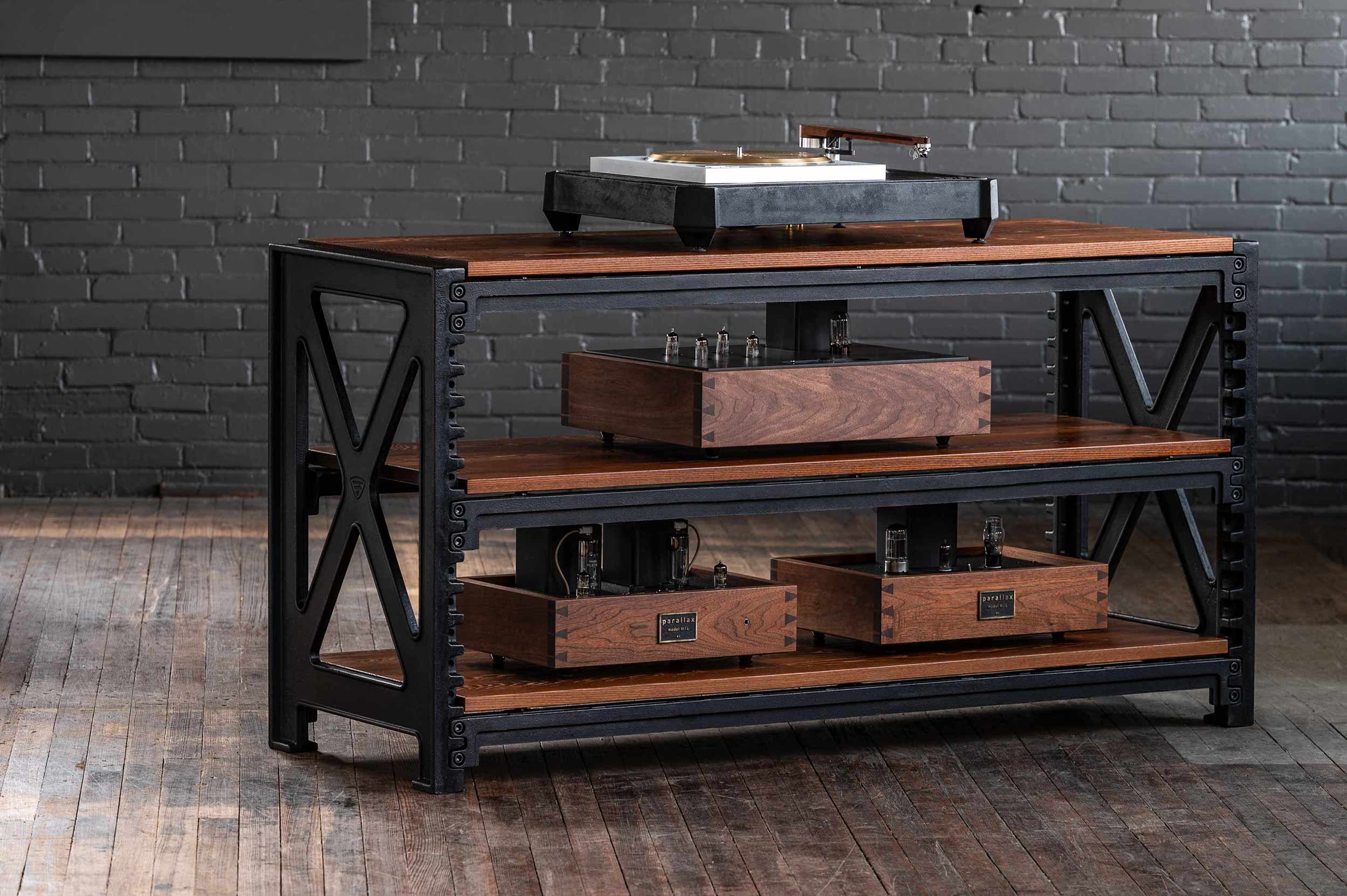To the OP’s question, I find his subjective quality characterizations interesting:
- a good audio rack
- ultra high end audio equipment
- sub-par equipment racks
- a high end audio rack
- a reference rack
- high quality components
These types of subjective quality modifiers have been used widely throughout these forums, and throughout this thread, and I often wonder what level of correlation exists between the meaning of these phrases when used by various authors.
In this case of audio racks, I am interested in what physical/mechanical characteristics take an audio rack from the realm of being sub-par or basic to being good, high-quality, or reference? Racks costing thousands of dollars are made by a variety of manufacturers, from a variety of materials, using a variety of assembly and support methods. What makes an audio equipment rack good?



